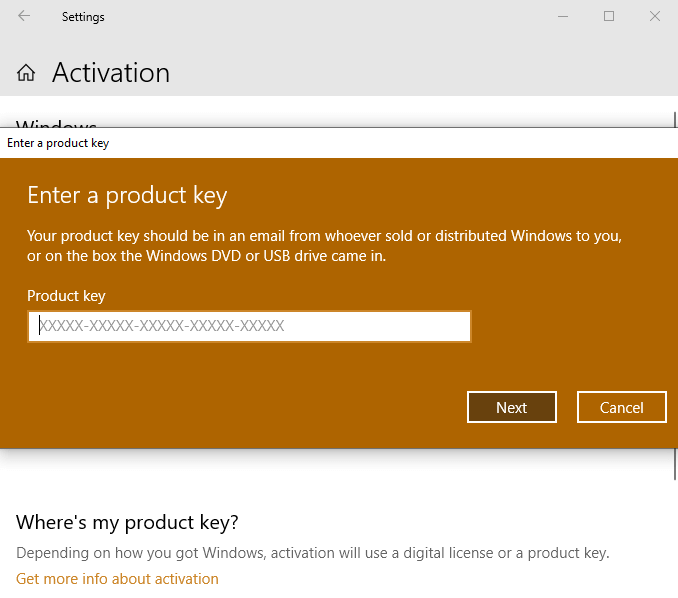
#WHAT HAPPENS IF I DONT CONVERT TO WINDOWS 10 FROM 8.1 KEYGEN#

So, now you’re probably wondering, “Is early action binding?” Under an EA plan, you can apply to any colleges you like. The binding aspect of early decision is what differentiates it from early action (EA) or single-choice early action (SCEA). There are a few exceptions that can allow you to get out of the early decision agreement, which we will soon explore. The main drawback for this type of application is that you will be committing to attend an institution before you are able to assess any financial aid offerings.Įarly decision is technically a binding agreement. This means that they’re agreeing to withdraw applications for other institutions should they be accepted into their early decision school. However, the biggest difference is that with early decision, students who are accepted are committing to attend that first-choice institution. This also stands for early action applications. As such, college admissions committees will inform prospective students if they’ve been admitted or rejected sooner than they let the rest of the application pool know. We’ve gathered everything you’ll want to know so that if you do apply early decision and circumstances change, you will be equipped with the facts.Įarly decision is a college application that is submitted in advance of the regular decision deadline.

But what happens if you apply early decision and don’t go? Are there legal, financial, or other types of negative consequences? While there are upsides to this option, it’s also a binding agreement which means you must attend that college if you are accepted. There are various deadlines to apply to college, and some students choose to try their chances for an early decision. Deciding on the college you wish to attend is a big choice that requires immense consideration.


 0 kommentar(er)
0 kommentar(er)
